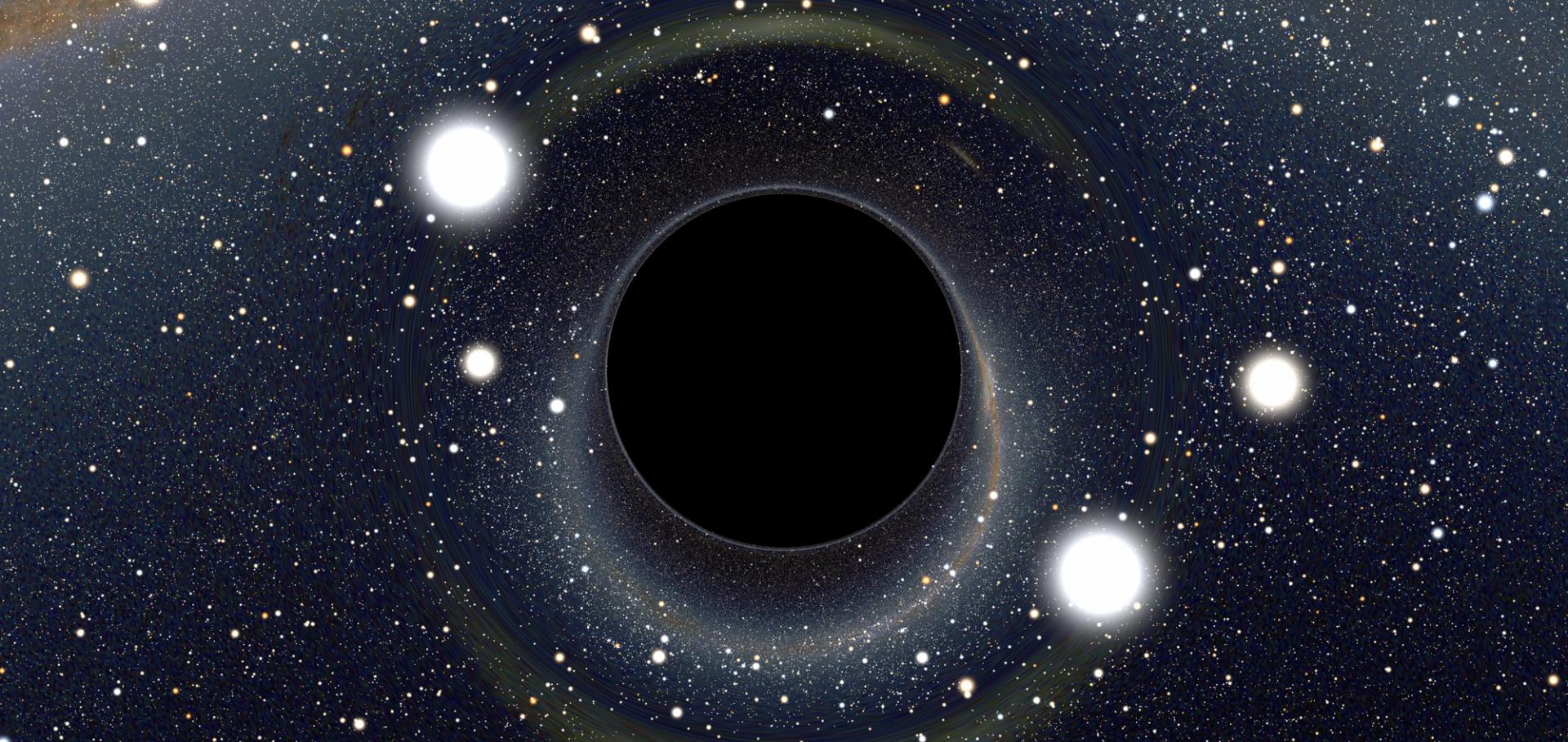Turbulent Ambipolar Diffusion: Numerical Studies in 2D
ArXiv astro-ph/0309306 (2003)
Abstract:
Under ideal MHD conditions the magnetic field strength should be correlated with density in the interstellar medium (ISM). However, observations indicate that this correlation is weak. Ambipolar diffusion can decrease the flux-to-mass ratio in weakly ionized media; however, it is generally thought to be too slow to play a significant role in the ISM except in the densest molecular clouds. Turbulence is often invoked in astrophysical problems to increase transport rates above the (very slow) laminar values predicted by kinetic theory. We describe a series of numerical experiments addressing the problem of turbulent transport of magnetic fields in weakly ionized gases. We show, subject to various geometrical and physical restrictions, that turbulence in a weakly ionized medium rapidly diffuses the magnetic flux to mass ratio through the buildup of appreciable ion-neutral drifts on small scales. These results are applicable to the fieldstrength - density correlation in the ISM, as well as the merging of flux systems such as protostar and accretion disk fields or protostellar jets with ambient matter, and the vertical transport of galactic magnetic fields.Heating cooling flows with jets
ArXiv astro-ph/0307471 (2003)
Abstract:
Active galactic nuclei are clearly heating gas in `cooling flows'. The effectiveness and spatial distribution of the heating are controversial. We use three-dimensional simulations on adaptive grids to study the impact on a cooling flow of weak, subrelativistic jets. The simulations show cavities and vortex rings as in the observations. The cavities are fast-expanding dynamical objects rather than buoyant bubbles as previously modelled, but shocks still remain extremely hard to detect with X-rays. At late times the cavities turn into overdensities that strongly excite the cluster's g-modes. These modes damp on a long timescale. Radial mixing is shown to be an important phenomenon, but the jets weaken the metallicity gradient only very near the centre. The central entropy density is modestly increased by the jets. We use a novel algorithm to impose the jets on the simulations.Dark matter within high surface brightness spiral galaxies
Astrophysical Journal 586:1 I (2003) 143-151


